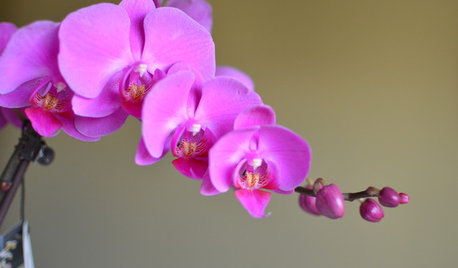Furry mold growing in compost
growingup
16 years ago
Featured Answer
Comments (12)
Kimmsr
16 years agoRelated Professionals
Saint Louis Park Landscape Architects & Landscape Designers · Camp Verde Landscape Contractors · Gloucester Landscape Contractors · Mastic Beach Landscape Contractors · Morrisville Landscape Contractors · Muttontown Landscape Contractors · Pueblo West Landscape Contractors · Snoqualmie Landscape Contractors · View Park-Windsor Hills Landscape Contractors · Fort Myers Decks, Patios & Outdoor Enclosures · Grand Rapids Decks, Patios & Outdoor Enclosures · Hyattsville Decks, Patios & Outdoor Enclosures · Medford Decks, Patios & Outdoor Enclosures · Spanaway Decks, Patios & Outdoor Enclosures · Troy Decks, Patios & Outdoor Enclosuresdigdirt2
16 years agogrowingup
16 years agokqcrna
16 years agoDemeter
16 years agopablo_nh
16 years agogrowingup
16 years agoy2kpeanut_aol_com
12 years agoconnie_waldhart_gmail_com
12 years agoSteve Allen
4 years agoRichard Brennan
4 years ago
Related Stories

GARDENING GUIDESGreat Design Plant: Grow Blueberries for Their Fruit and More
Eastern gardeners should consider growing blueberry plants for their delicious fruits, bee-friendly spring blooms and brilliant fall foliage
Full Story
GARDENING GUIDESGet on a Composting Kick (Hello, Free Fertilizer!)
Quit shelling out for pricey substitutes that aren’t even as good. Here’s how to give your soil the best while lightening your trash load
Full Story
EDIBLE GARDENSHow to Grow Your Own Sweet Summer Crops
This guide will help any gardener get started on growing the freshest warm-season veggies and berries for summer
Full Story
EDIBLE GARDENSSummer Crops: How to Grow Squash
Almost foolproof and with cheerful flowers, squash comes in a wide range of varieties to plant in spring
Full Story
SPRING GARDENINGHow to Grow a Rose Garden in Pots
Everything can come up roses, even without a plot of soil in sight. This step-by-step guide to growing roses in containers shows you how
Full Story
SUMMER GARDENINGHow to Grow Basil
Bright color, quick growth and endless uses for cooking make this summer annual a winner in the garden or a pot
Full Story
PETSPet-Proofing Your Home: A Room-by-Room Guide
Not all pet dangers are obvious. Keep furry friends safe and sound by handling all of these potential hazards
Full Story
FALL GARDENING5 Ways to Put Fall Leaves to Work in Your Garden
Improve your soil and yard the organic way with a valuable garden booster that grows on trees
Full Story
GARDENING GUIDESLearn the Secret to Bigger and Better Roses
Grow beautiful roses using both ordinary and unusual soil amendments
Full Story
MID-ATLANTIC GARDENINGChecklist: What To Do in the Garden This Month
February Gardener: Plant sprouts, start seedlings, force bulbs, grow an orchid and more
Full StoryMore Discussions







bpgreen